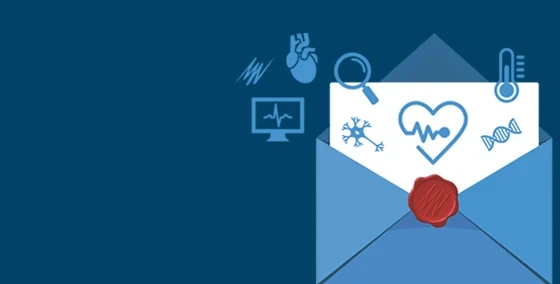Grand L., Ftomov S., and Timofeev I. (2012). Long-term synchronized electrophysiological and behavioral wireless monitoring of freely moving animals. Journal of Neuroscience Methods, 212(2):237-241 Details
Customer study highlights
Wouldn’t it be convenient to combine electrophysiology + behavior in a way that allowed for free movement together with high channel counts, quality SNR and durability? What would this mean for experimental neuroscience?
Traditionally, behavioral electrophysiology connects a subject to an overhead cable commutator system, providing an opportunity to record brain activity while the subject performs a task within a small enclosure (<1 m wide). Larger open-field type environments (<3 m wide) require complex cable commutator designs in order to minimize headstage torque effects and risk of entanglement. Hence, with limited movement and an awareness of cable-tethering the risk of altering behavioral responses must be considered. If not, any psychological construct/model under investigation may be invalidated.
A handful of commercial systems are now available that offer an elegant solution to this, a recent example of which has appeared in the Journal of Neuroscience Methods. Grand et al monitored laboratory cat behavior using video surveillance, synchronized to wireless local field potential (LFP) and multiunit activity (MUA), electro-occulograms (EOG), electromyograms (EMG) and head accelerometry. Their system consisted of a 15 channel wireless headstage transmitter fitted with a triaxial accelerometer, a receiver unit, PowerLab and LabChart 7 Pro. Electrodes were implanted in motor and associative cortices as well as hippocampus (LFP, MUA), the neck (EMG), and near the orbits (EOG). The authors demonstrated that with this system electrophysiological and behavioral data was able to be recorded in sync uninterrupted 24 hrs a day for up to 3 months. 24-hr hypnograms revealed the expected LFP power changes, EMG, EOG, and accelerometer activity during sleep-awake cycles.
With the cat now out of the bag on wireless behavioral electrophysiology, systems such as this are anticipated to become more commonplace in the future, as neuroscientists continue to push the boundaries on experimental task design and signal acquisition.
